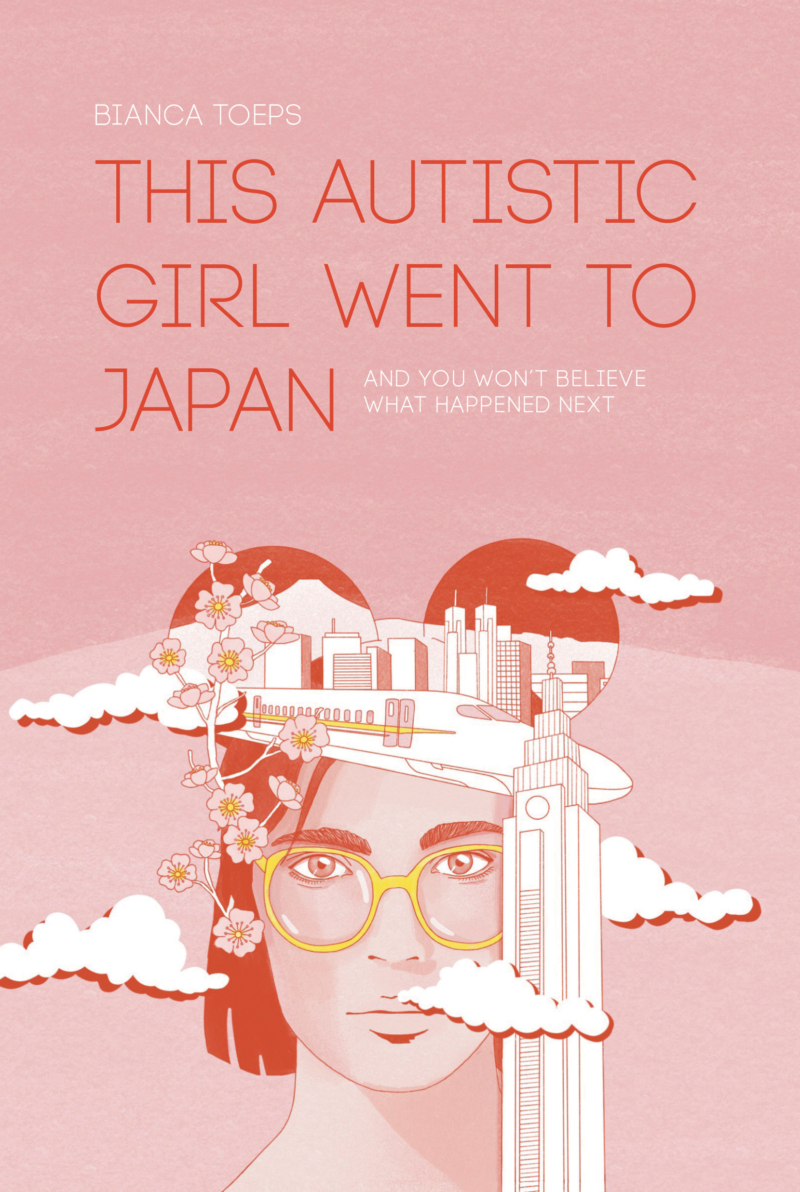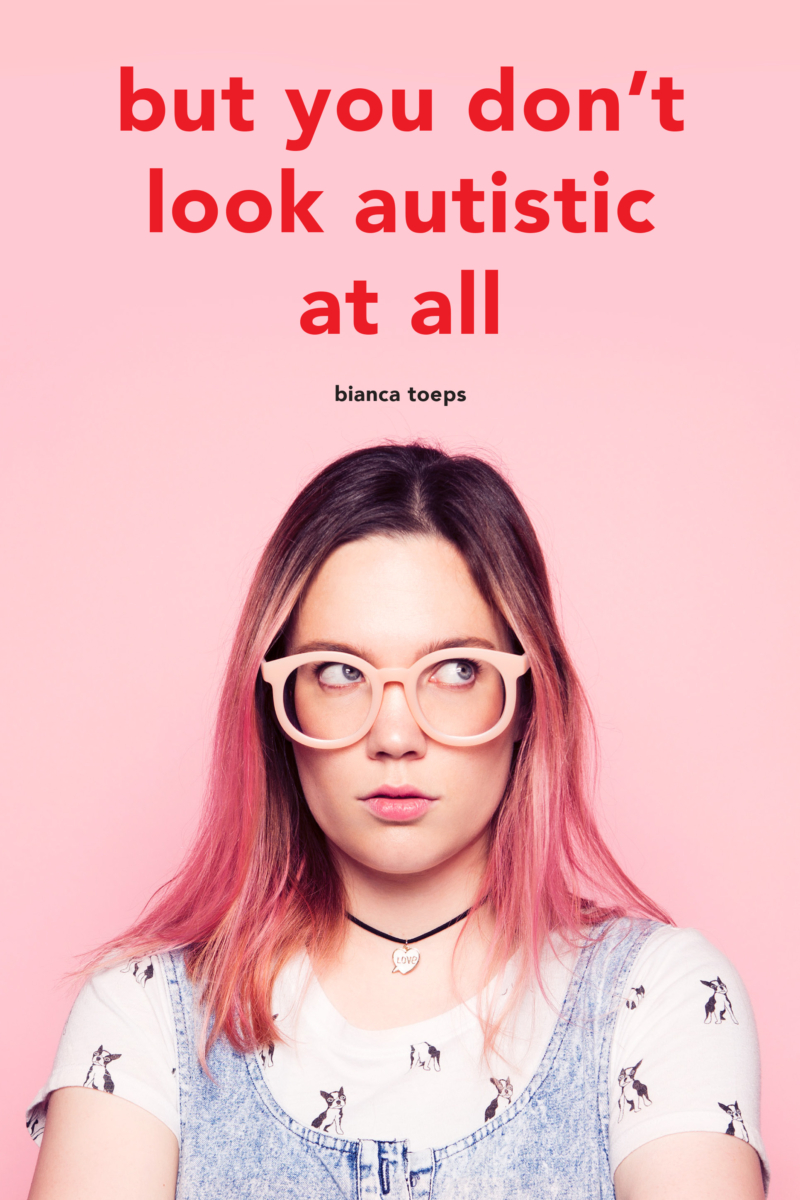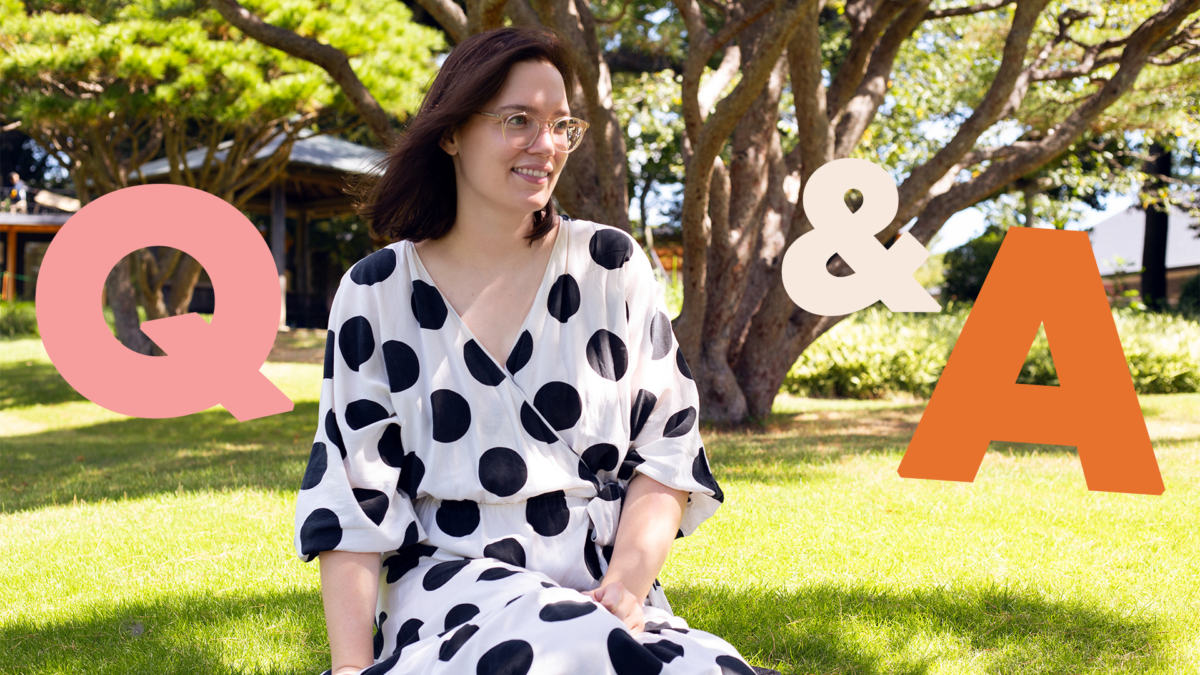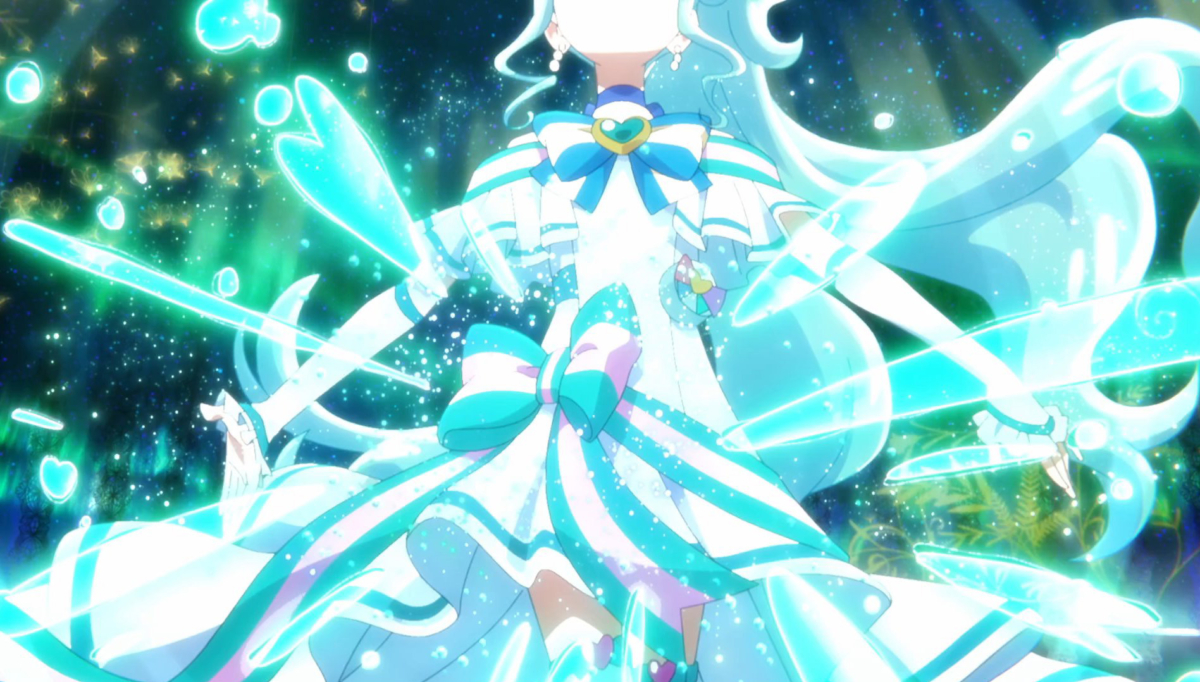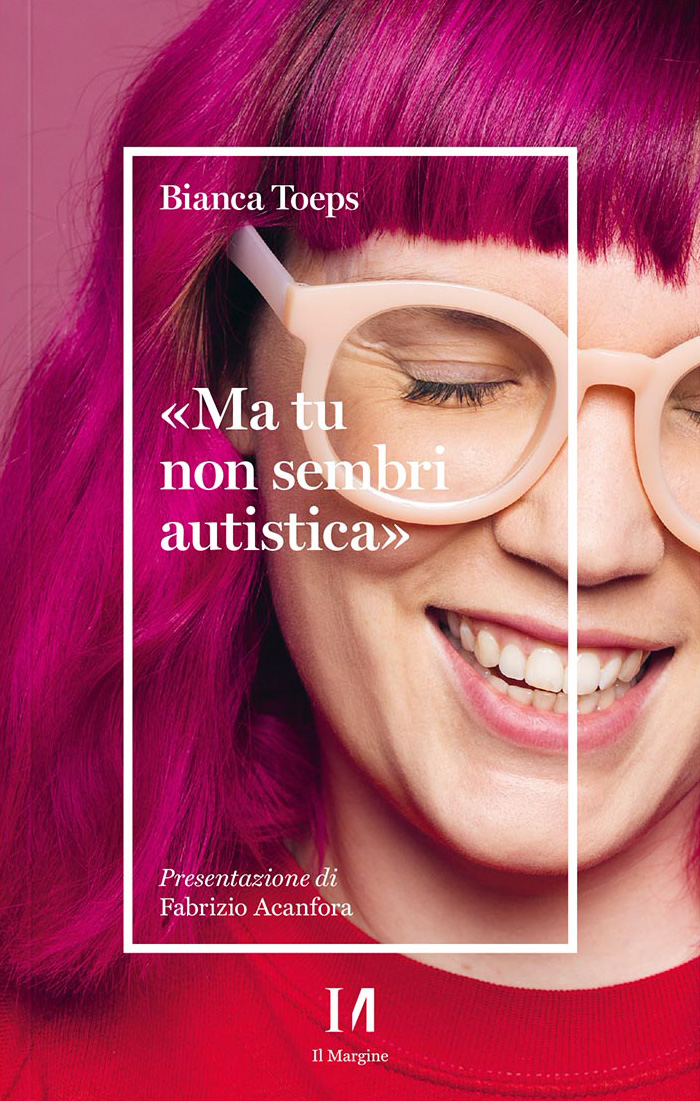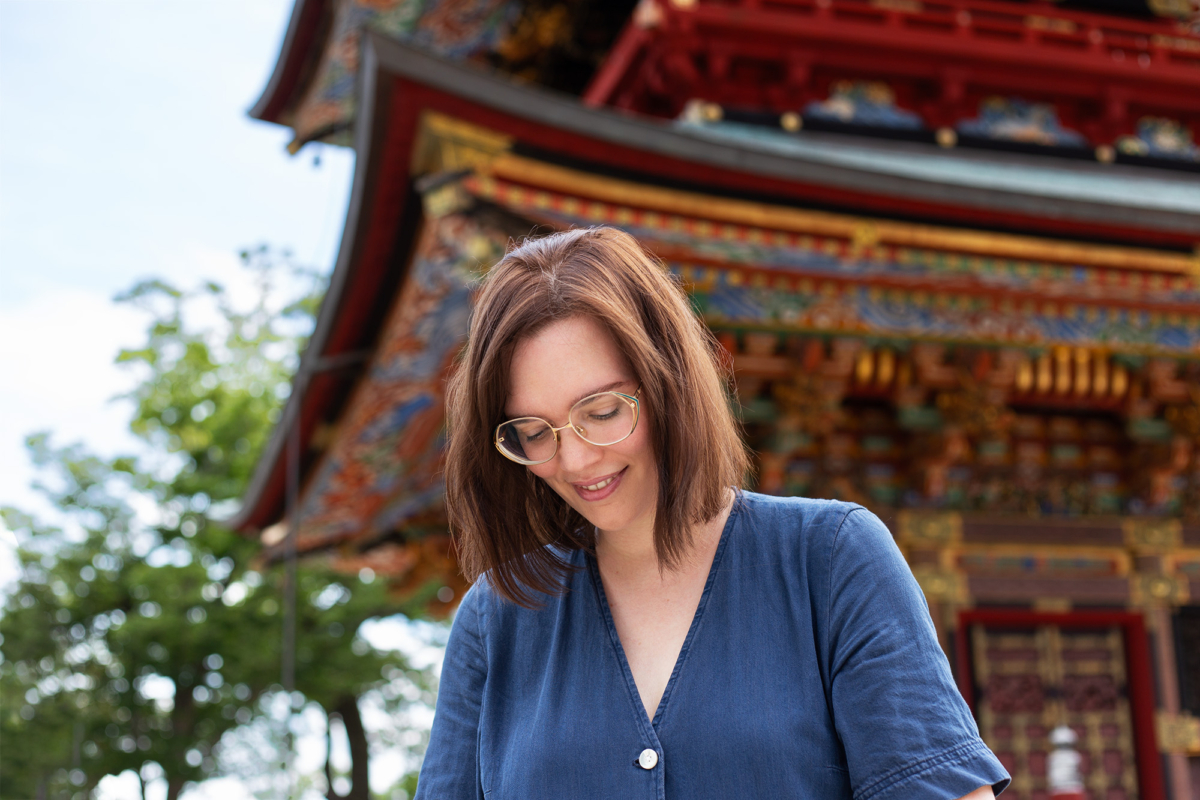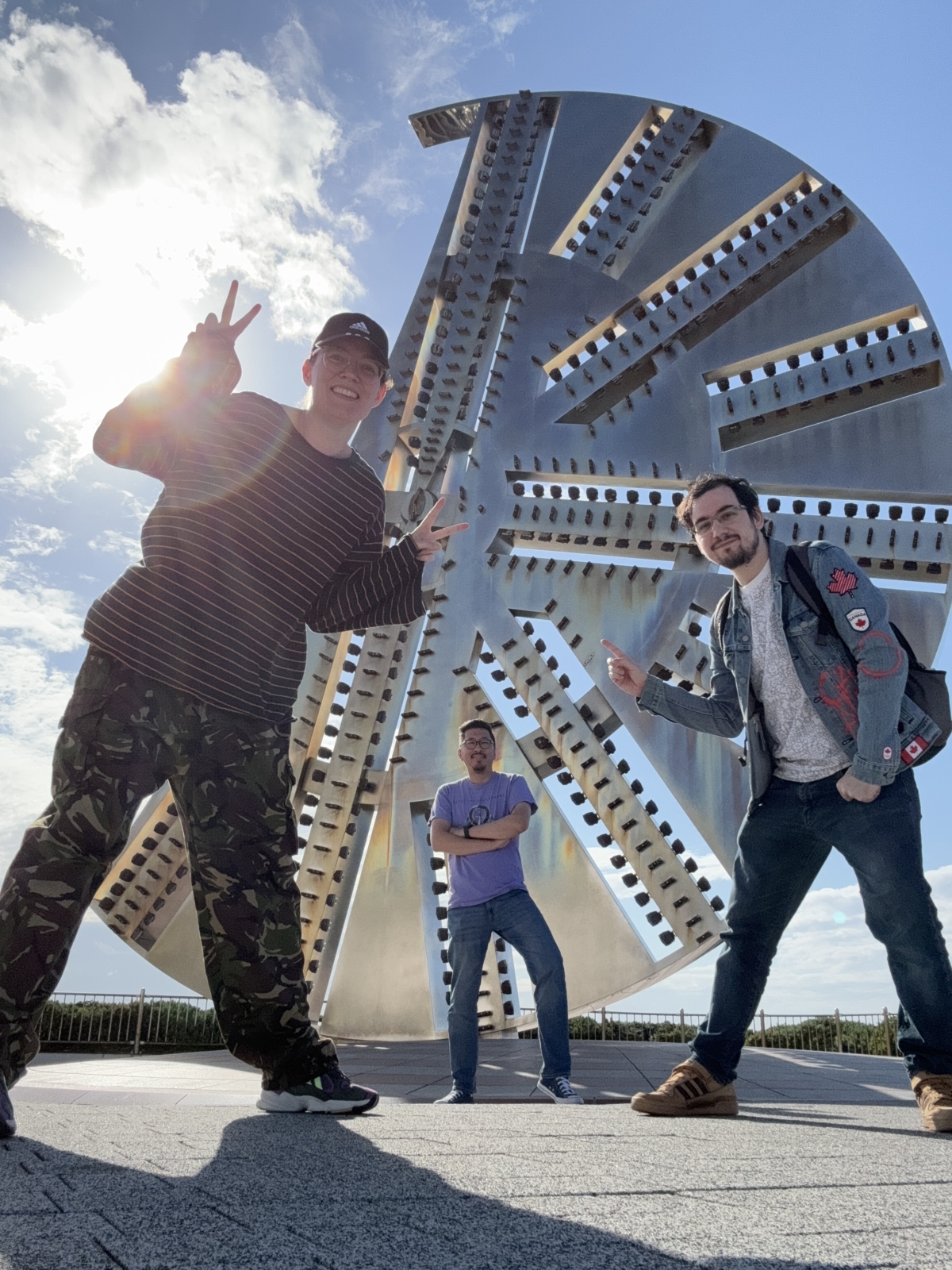Usually, when I write a blog, I know exactly what I want to say. The story has a beginning, a middle, an end, and ideally a twist, conclusion, or point I want to make. Not this time. I’m not entirely sure what I want with this piece, except to get the incident out of my head. It’s been circling around there for a day and a half now.
Disability access
Yesterday, I was at Tokyo DisneySea with Riemer and my family, the second Disney park in Tokyo (or actually Chiba, but that doesn’t sound as fancy). I had bought disability access tickets for myself and Riemer – me as the autistic person, Riemer as the companion, or rather, the +1. This disability access works a bit like the one in Paris, although they’re stricter and fairer in Tokyo. I had to show proof (my Autipas was sufficient), and after registering at the first attraction, I could then go to an employee at each attraction with a long queue. They scanned our tickets in the app and gave us two (also digital) return tickets. This works just like a fastpass: if the current queue is an hour, you can return an hour later. In the meantime, you can’t get another pass.
Anyway, this system works perfectly fine, and that’s not really what this blog is about, or well, maybe indirectly.
"Suwatte, suwatte!"
Riemer and I decided to get a pass for Soaring. The standby time was about two hours, so I was happy and grateful that I could avoid two hours of sensory overload and panic (since I can’t leave) and spend this waiting time elsewhere in the park. Riemer and I took a leisurely boat ride, walked around a bit, and then returned to Soaring. I actually wanted to eat something, but there was no time left (because the boat ride took longer than I expected). “Well, we can go straight in, we’ll be out soon, and then we’ll eat.” So, that’s what we did.
We took our seats in the front row of the flying machine. For those who don’t know Soaring: It’s a kind of flight simulator, where you sit in seats as if in a hang glider. Once everyone is seated and secured, the structure lifts itself up into a half-dome that serves as a video screen. In this attraction, you virtually fly over the world, from the desert to the North Pole, from the Great Wall of China to Tokyo city. The seats you’re in move, enhancing the feeling that you’re flying. Occasionally, you smell the grass or feel water splashes from the scenes on screen. I think it’s the best attraction in all Disney parks.
Anyway, we’re sitting in our seats, strapped in, when a mother and her son come to sit three seats to our right. The boy, who I estimate to be between 8 and 10 years old, is scared. “Hayaku, hayaku!” the mother shouts. Hurry, hurry. “Suwatte, suwatte!” Sit, sit. “Kowai,” says the boy. Scary. It quickly becomes clear that something is going on with the kid—he’s not just any scared child. I suspect he’s autistic. Of course, I can’t just diagnose someone, but whatever it was, there was something.
The boy wouldn’t sit down. It took him a while to even reach the chair, anxiously and confusedly clinging to the side rail. “Suwatte! Hayaku!” His mother seemed to think that repeating those two words over and over would eventually have a magical effect. Two cast members crouched in front of him. The boy half-lifted one butt cheek onto the chair, only to quickly jump off again. “Suwatte! Suwatte!” His mother kept going, her tone getting sharper and angrier with each urging. The ride, which had a three-hour line when we returned, had already been grounded for nearly ten minutes.
The rest of the room began to chime in. All with the best intentions, but the effect was the opposite. When the boy finally sat down for a moment, the entire room started clapping—causing him to immediately jump off again. Another cast member joined, likely indicating that he either had to sit or leave. The boy sat, but refused to fasten the safety belt. He climbed onto the seat, straightened his back like a plank, and did everything he could to wriggle out. “This isn’t going to work,” I said to Riemer. “If only because it’s a safety risk.” I could already imagine this child, once the hang glider was lifted up, trying to climb out of his seat in sheer panic.
Meanwhile, there was pushing and pulling. The mother counted down twice (5-4-3…) but didn’t follow through with any consequences. A little later, it seemed to have been decided that they were leaving, but now the boy didn’t want to anymore: “I’m sitting, I’m sitting!” he shouted. Only to stand up again after yet another failed attempt to fasten the safety belt. Another staff member approached and whispered something, likely that they really had to start now. The boy and his mother were escorted to the exit. Riemer was crying next to me. “It reminds me of my mother,” he said.
Twenty minutes later than planned, the ride started. The beautiful music combined with the breathtaking shots often bring a tear to my eye, but this time it was different. I was crying too.
Improvement
And now here I am, with a headache, not knowing what to make of all this. I feel empathy for the boy, but I also want to feel empathy for his mother, even though her approach was wrong in every way. Yelling the same word three hundred times really isn’t going to help. But she’s probably sitting at home feeling frustrated: “I try so hard for that child, take him to DisneySea, and then he ruins it all again.” At least, that’s how I imagine it. I’ve seen enough posts online to know that people think this way.
But my heart breaks the most for that boy. Did he even want to go to Disney? Even with the disability access, it’s a sensory overload of epic proportions. Did he know what kind of ride Soaring was? Did his mother show him in advance? Could they have handled this so much better by showing him a behind-the-scenes video, or maybe even letting him watch our ride from the side? In any case, this should never have taken twenty minutes. Not for the queue, not for the other guests who couldn’t go anywhere, but especially not for the boy. (Although some people might say that you should give such a child time, and I get that too, but this wouldn’t have worked, not even after an hour. It was dangerous.)
So, I’m not exactly sure what I want with this story. Getting it off my chest, I suppose. And to add a little “how can I make this about me” twist: Sometimes I wonder, what’s the point of it all? My book(s), my lectures… And I don’t think I’m going to change the world or anything. But there’s still a lot to learn and improve. And I hope I can help with that, even in Japan.
Whoa, so oldschool! An RSS feed!
Save this link in your RSS reader and follow my blog however you want it – chronological, in your mailbox, in your browser... Yes, the past is here!
https://www.toeps.nl/blog-en/feed/